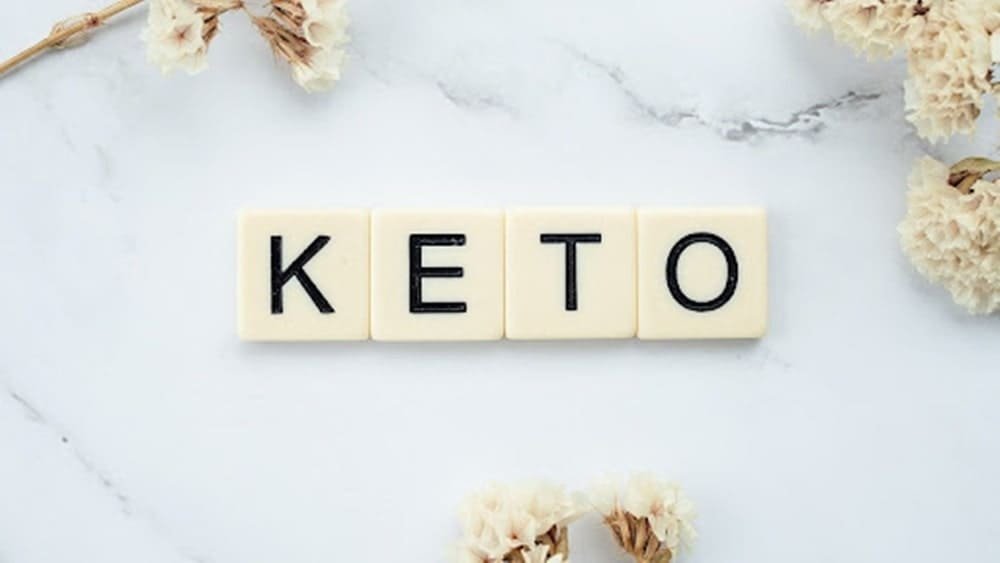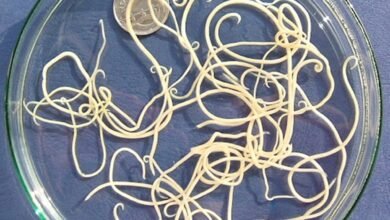
The keto diet is the popular new trend now in weight loss.
Who hasn’t dreamed of ideal weight?
And who hasn’t tried many different diets to achieve that goal?
Although the keto diet proved to be effective in weight control, it still remains a bit vague for some.
So here’s your complete guide to the keto diet.
Obesity is the scourage of the century
Obesity causes the death of about 2.8 million annually, and it is closely related to an unhealthy lifestyle and chronic diseases like diabetes and heart disease.
Numerous diets control obesity and get rid of excess weight.
Thanks to its effective results, the Keto diet is now one of the most popular regimes to lose weight.
In addition to weight loss, it has other health benefits against some diseases like epilepsy.
but first:
Keto diet basics
The Keto diet is a low-carbohydrate, high-fat, moderate-protein diet.
It depends on fat as a source of energy instead of carbohydrates.
One of the fundamentals of this diet; is to force the body to use a different source of energy rather than glucose (results from carbohydrate metabolism) such as ketones arising from fat metabolism and replace it.
When the body uses ketone bodies as a source of energy, its metabolic state is called ketosis.
So keto diet is one of the most effective methods that bring the body into ketosis.
Lowering carbohydrates intake beneath 20 to 50 grams helps in that.
Moreover, it burns fat more effectively and provides the body with the necessary energy.
The body takes a few days to shift into a state of ketosis.
Whenever carbohydrate levels decrease, the body shifts into ketosis rapidly.
Calories on a keto diet
Calories on a keto diet are often distributed as follows:
- Fats: 55 to 60%.
- Protein: 30 to 35%.
- Carbohydrates: 5 to 10%.
Eating more protein than the permissible limit may interfere with reaching ketosis, as protein can be converted into glucose.
Some symptoms may reveal that the body entered a state of ketosis such as:
- Polyurea.
- Decreased appetite or lack of hunger.
- Feeling thirsty and dry mouth.
- The characteristic acetone odor of the mouth.
Important note:
Because carbs bind to water more than fats and proteins, this diet causes significant and noticeable initial weight loss.
As a result, when you stop eating carbohydrates, your body begins to lose water through your urine.
What to eat on a keto diet?

This diet allows you to eat a wide variety of foods.
It guarantees that the proportion of carbs and other nutrients is maintained in the body.
Foods that are compatible with this diet include:
- Seafood, such as salmon and fatty fish.
- Fatty meat or poultry: a good source of protein to maintain muscle mass during a low-carb diet.
- Low-carb vegetables, such as; cabbage, broccoli, spinach, tomatoes, eggplant, cucumbers, and lettuce.
- Cheese, such as feta and cheddar, or even Parmesan.
- Eggs.
- Olives and olive oil.
- Butter and cream.
- Nuts.
- Berries.
- Avocado.
What is not allowed on a keto diet?
The following is a list of foods banned on keto diet:
- Sugars, such as; juices, ice cream, cakes, and sweets.
- Carbohydrates, such as rice and pasta.
- Most fruits, dried or fresh.
- Legumes, such as beans, kidney beans, lentils, and peas.
- Potatoes, yams, and carrots.
- Unhealthy saturated fats found in processed foods
Possible side effects of the keto diet
There are several side effects that a person may feel; As a result of the difference in the energy source in the body, they are:
Short term side effects
The body adjusts to the new energy source in one to two weeks, and symptoms improve.
The most important symptoms include:
Keto flu
- Headache.
- Low energy and feeling exhausted.
- Nausea and diarrhea (due to fat consumption).
- Increased sense of hunger.
- GIT disorders.
- Mood swings.
- Constipation (as a result of not eating whole grains and eating a lot of fruits and veggies, as well as losing fluids)
However, eating non-starchy vegetables and drinking plenty of water can help you overcome this.
long term side effects
There aren’t enough studies to prove long-term effects, and further research is needed.
However, there are some significant side effects:
- Vitamin and mineral deficiency; some nutrients are lacking due to the specific diet.
- Increased blood acidity causes bone erosion and easy fracture. Calcium is released from the bones, causing them to weaken.
A high-fat, high-protein diet also has the following side effects:
- Stones occur in the kidneys due to low pH and calcium deposits in the urine, and stone formation.
- Fatty liver.
Conditions that interfere with the keto diet
Some people have conditions that may make this diet difficult to follow, such as:
- kidney diseases.
- People who are at a high risk of heart disease.
- Pregnant women.
- Cholecystectomy cases.
- Hepatic or pancreatic diseases.
- Eating disorders.
keto diet and diabetes
Diabetes is a chronic disease that affects a large number of people worldwide.
Controlling blood sugar levels lowers the risk of diabetes complications.
Low-carb diets, such as the keto diet, proved to be effective in lowering blood glucose levels, which may help control diabetes (especially type 2) in certain people.
In addition, the keto diet improves insulin sensitivity and lowers insulin levels in the body, resulting in weight loss.
Important notice
Studies refer to some health benefits of this diet for people with diabetes, but you should consult your doctor before starting it to avoid any potential health hazards.
Some medications, such as insulin, may need to be adjusted by your doctor.
Keto diet and lactation
According to studies, the keto diet hasn’t been linked to decreased breast milk production or a change in its quality.
The keto diet does not allow for some nutrients that are vital to a nursing mother, such as most fruits.
Therefore it is not recommended for the mother to follow it while breastfeeding, as it may negatively affect the baby and breast milk quality.
keto diet and intermittent fasting
Intermittent fasting involves alternating the duration of fasting and eating, with 16 hours of fasting and 8 hours of eating.
It is the most popular form of intermittent fasting.
In addition, combining the keto diet with intermittent fasting allows the body to enter ketosis more quickly than just following the keto diet.
The body gets its energy from fats when fasting.
Moreover, the levels of insulin and glucose in the blood decrease, which is the basis of the keto diet.
Therefore, combining them aids in increasing fat burning, as intermittent fasting boosts metabolism and heat production, causing the body to start burning stubborn fats.
Also, when losing weight, intermittent fasting may help you keep your muscle mass.
Despite the advantages of unifying the two regimes, as previously mentioned, persons with specific health conditions, such as heart disease or diabetes, should contact a doctor first.
Finally, the keto diet works well for weight loss, but it must be followed for a set amount of time.
Therefore, you should consult your doctor before starting this diet; There may be a health problem that opposes its use with one person and not another.


